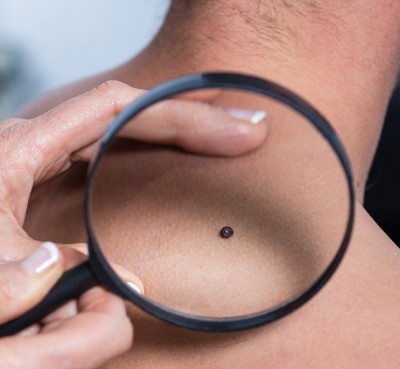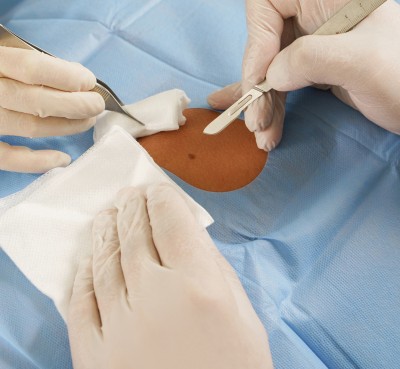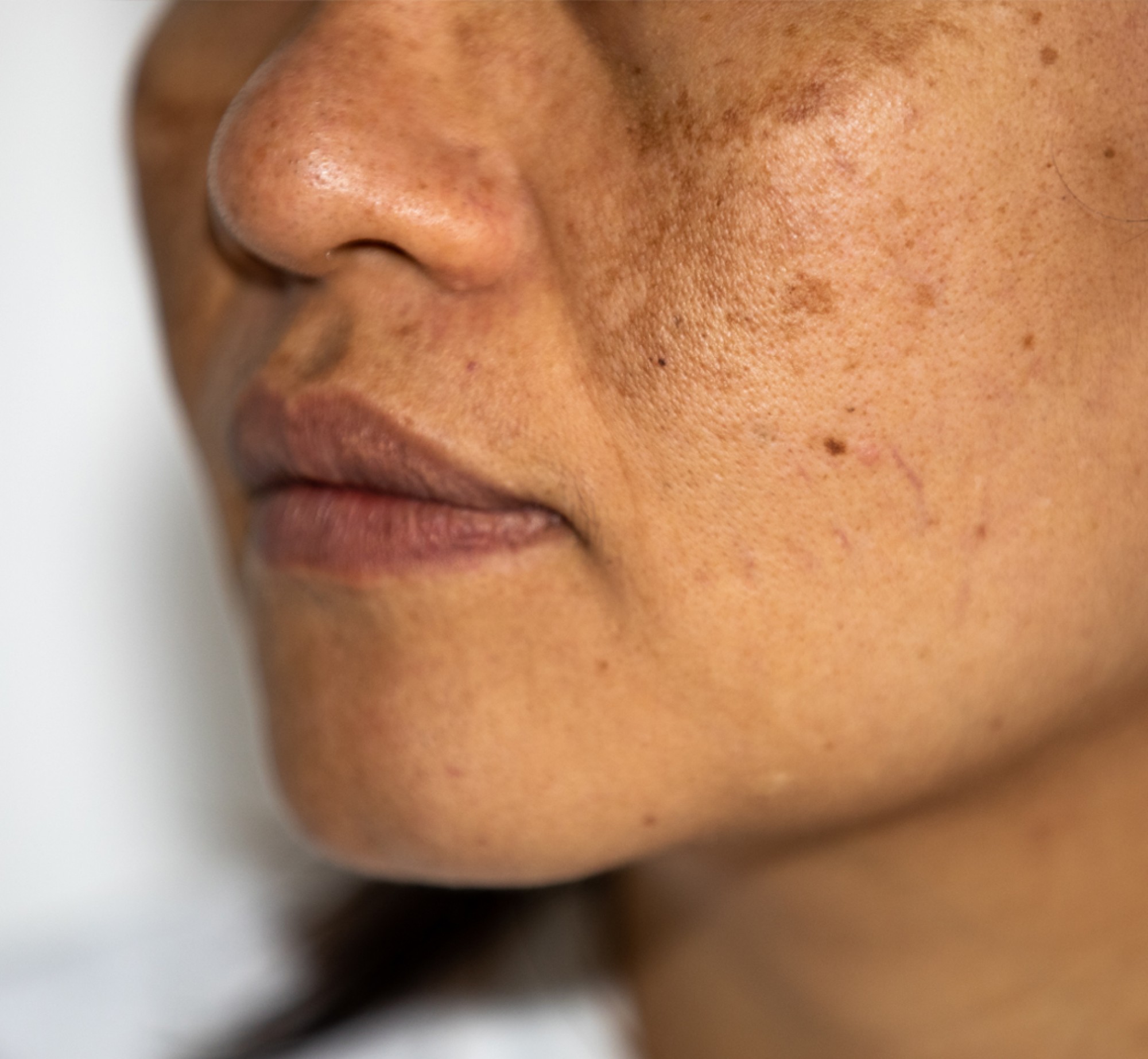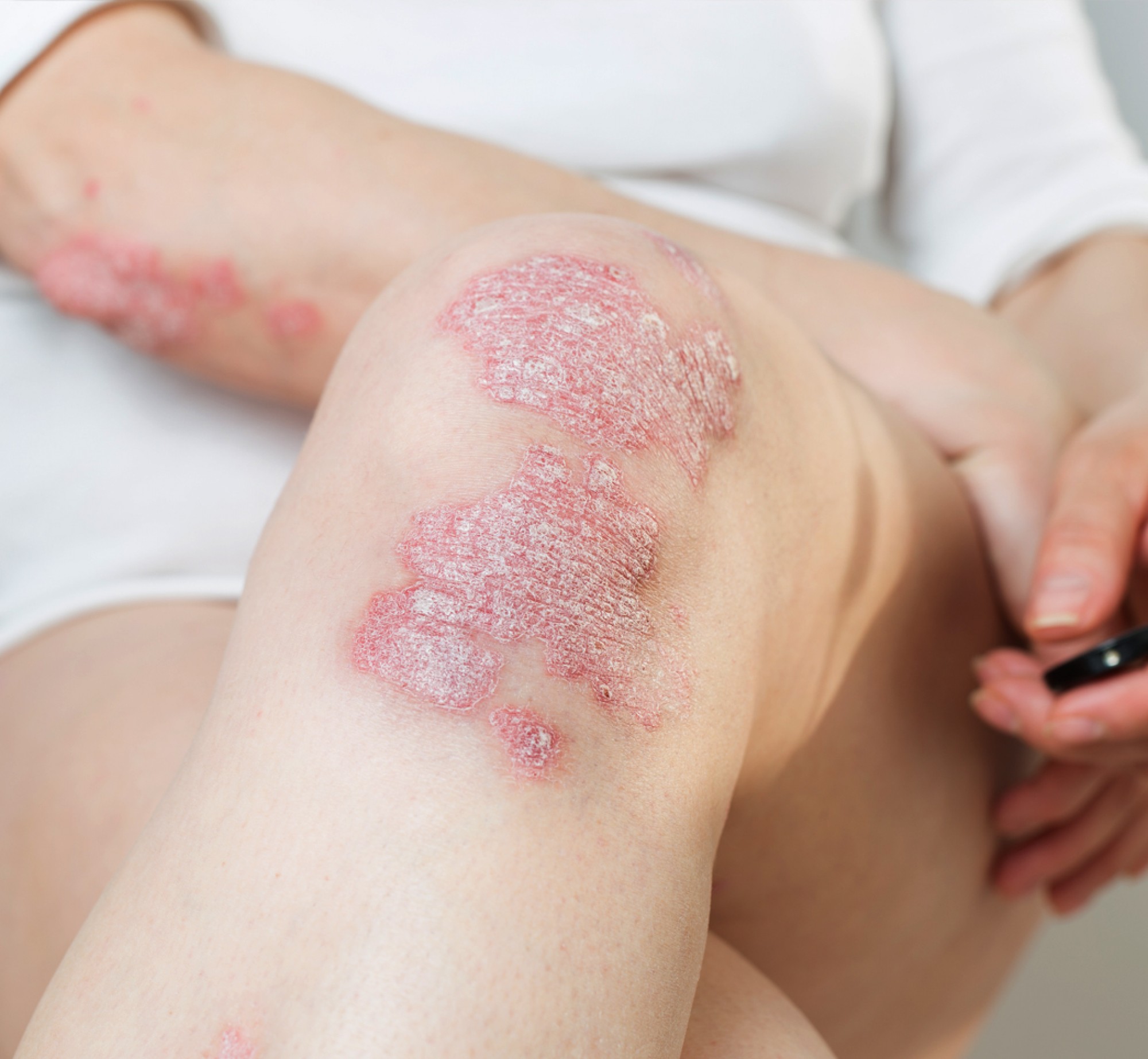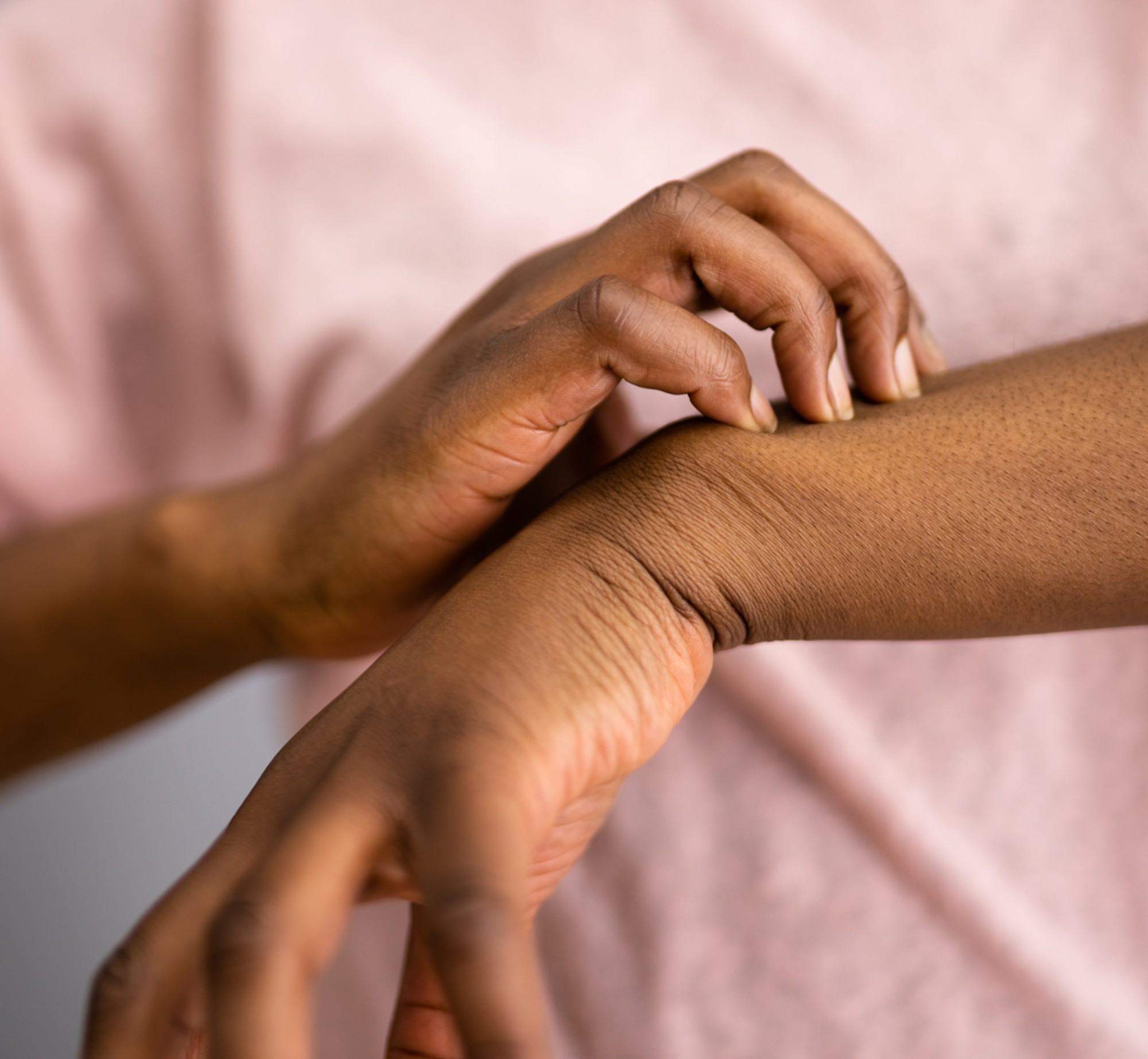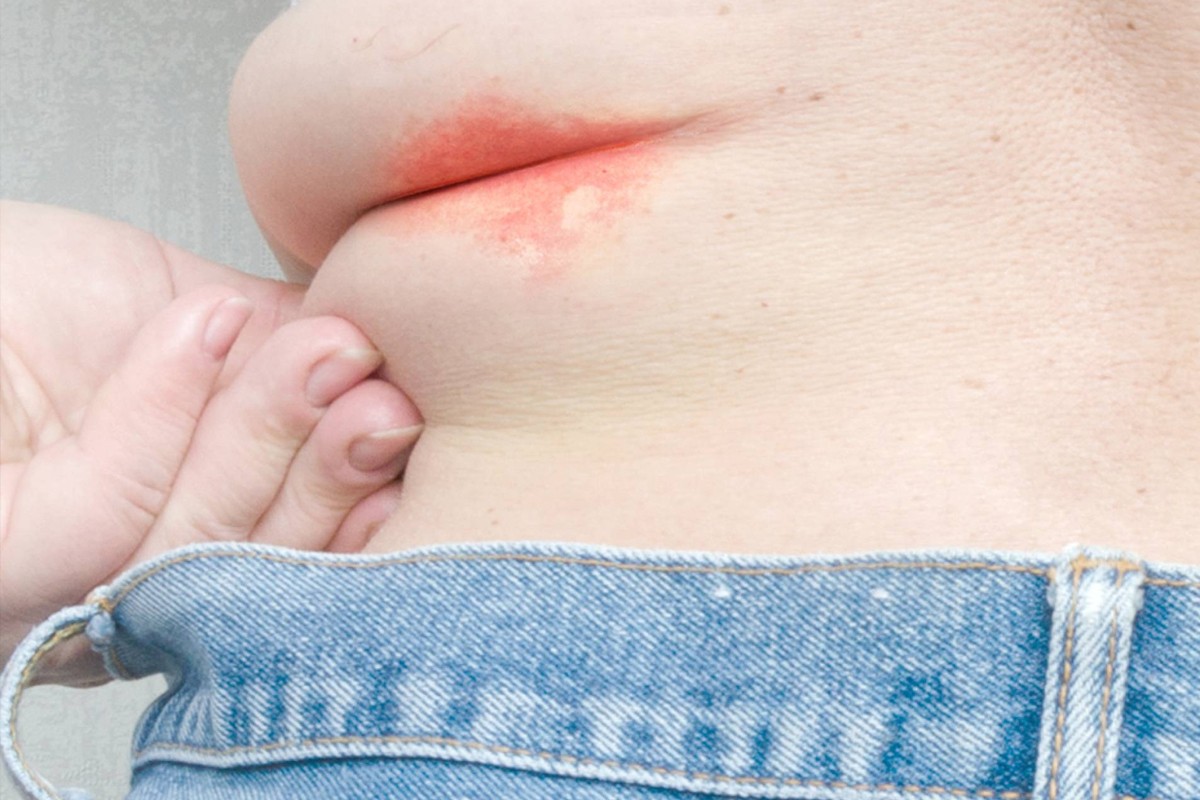The Blog
- Acne
- Maskne
- Melasma
- Pigmentation
- Hyperpigmentation
- Eczema
- Covid-19
- Rashes
- Covid-19 Vaccine
- Fillers
- Scars
- Botox
- Neurotoxins
- Skin
- Rosacea
- Seborrhea
- Anti-aging
- Skin Cancer
- Chemical Peels
- Allergies
- Infection
- Skin Tags
- Medical Care
- Dry Skin
- Skin Care
- Skin Care Tips
- Acne
- psoriasis
- Dandruff
- Impetigo
- Hair
- Intertrigo

I've received many requests and pictures to talk about intertrigo, a common inflammatory skin condition that can significantly impact an individual's quality of life. Although often perceived as a minor irritation, the symptoms—redness, itching, burning, and discomfort—can be persistent and bothersome. For some, intertrigo can even lead to embarrassment, especially if it occurs in visible areas. Understanding this condition is crucial, as it can help those affected manage their symptoms more effectively and improve their overall well-being.
This article delves into various aspects of intertrigo, from its perception, treatment options and common misconceptions to frequently asked questions, providing a comprehensive overview for better skin health management.
What is Intertrigo?
Intertrigo is an inflammatory condition that affects the skin folds, where friction, moisture, and heat create an ideal environment for irritation and infection. This condition often presents as red, raw, and sometimes itchy patches of skin, which can be quite uncomfortable. While intertrigo itself is not a severe medical issue, it can lead to complications if not properly managed. Understanding the causes, symptoms, and treatment options is crucial for effectively handling and preventing intertrigo.
Intertrigo can be misdiagnosed due to its similarity to other skin conditions. Common misdiagnoses include:
Fungal Infections: While intertrigo can be complicated by a fungal infection, it is not always caused by one.
Eczema: Both conditions involve inflammation and redness, but their causes and treatments differ.
Psoriasis: This chronic condition also presents with red, inflamed skin, but it usually has distinctive scaly patches.
Common Misconception
Misconception: Intertrigo Only Affects Overweight Individuals
Truth: While overweight individuals are more prone to intertrigo due to increased skin folds, it can affect people of any size and age.
Misconception: Poor Hygiene Causes Intertrigo
Truth: Although maintaining good hygiene is crucial for managing intertrigo, the condition is primarily caused by skin friction and moisture, not poor hygiene.
Misconception: Intertrigo is Contagious
Truth: Intertrigo is not contagious. It cannot be spread from person to person through contact.
Frequently Asked Questions
FAQ 2: Can Intertrigo Recur?
Answer: Yes, intertrigo can recur, especially if the underlying causes, such as skin friction and moisture, are not adequately managed. Regular preventative measures are essential to minimize recurrence.
FAQ 3: Is Intertrigo Painful?
Answer: Intertrigo can be painful, particularly if the skin becomes cracked or infected. The inflammation and irritation can cause significant discomfort.
FAQ 4: How Can I Prevent Intertrigo?
Answer: Preventative measures include maintaining a healthy weight to reduce skin folds, keeping skin folds clean and dry, using antiperspirants to reduce sweating, and wearing breathable fabrics.
FAQ 5: Should I See a Doctor for Intertrigo?
Answer: If over-the-counter treatments do not improve the condition, or if the symptoms worsen, it is important to consult a healthcare provider. A doctor can provide a proper diagnosis and recommend more effective treatments.
___
FAQ 1: How can Intertrigo be Treated?
Answer: Intertrigo treatment focuses on reducing friction and moisture in the affected areas. Common treatments include keeping the area clean and dry, using barrier creams, applying antifungal or antibacterial creams if an infection is present, and wearing loose-fitting clothing. In severe cases, a healthcare provider may prescribe topical steroids to reduce inflammation.
Diagnosing and Treating Intertrigo
Have your condition evaluated by a dermatologist. Based on the evaluation, your dermatologist may recommend the following treatments.
When diagnosing intertrigo, I typically start with a physical examination of the affected area. If necessary, I may take a sample from the site to check for any bacterial or fungal infections.
The treatment plan will be tailored specifically to your individual case, here are some options:
Barrier Creams: I recommend using barrier creams or ointments to protect the skin from moisture.
Topical Steroids: For inflammation, I often prescribe mild topical steroids to help reduce the symptoms.
Antifungal or Antibacterial Creams: If a secondary infection is present, I provide antifungal or antibacterial creams as needed.
Topical Antibiotics: In cases of secondary bacterial infections, I use topical antibiotics to eliminate the bacterial component.
For effective treatment, I would advise my patients on:
Hygiene: Keeping the area clean and dry is essential. I always emphasize the importance of regular washing and thorough drying to my patients.
Loose Clothing: I advise wearing loose-fitting clothes to reduce friction and allow the skin to breathe.
At Springs Dermatology MD, our experienced dermatologists are here to provide you with the right diagnosis and a customized treatment plan tailored to your specific needs. Whether you're dealing with mild irritation or more severe symptoms, we can help you manage and prevent intertrigo effectively.
Don't let intertrigo affect your quality of life—schedule a consultation with us today to get expert advice and personalized care.




